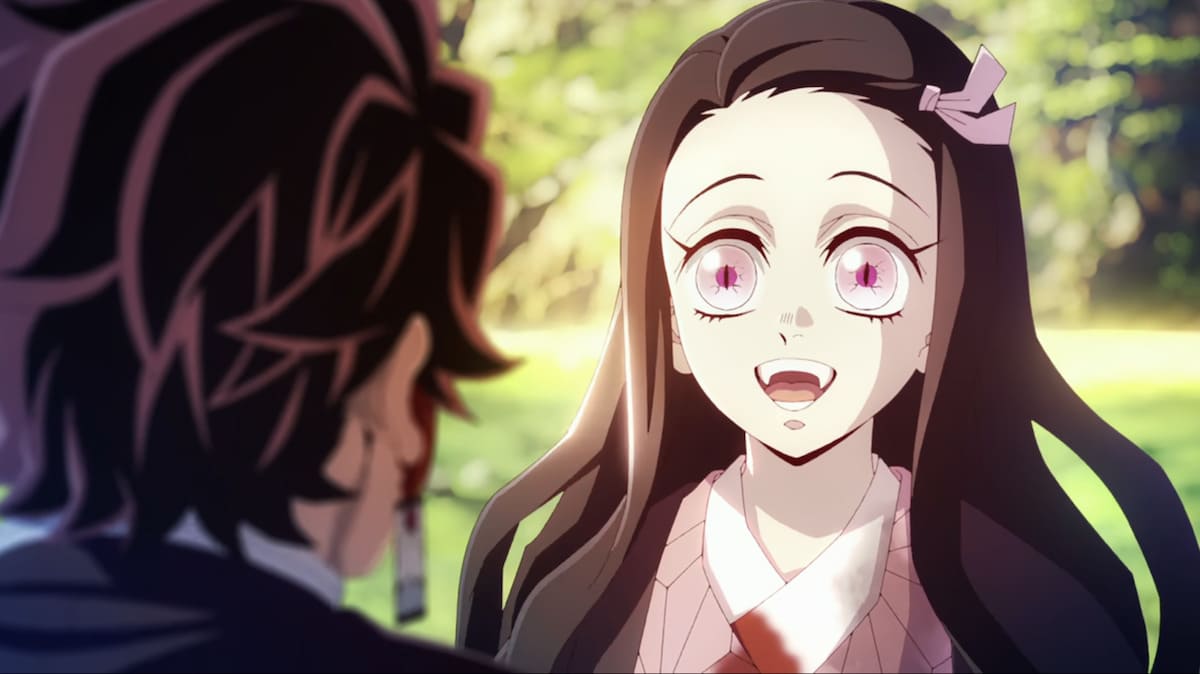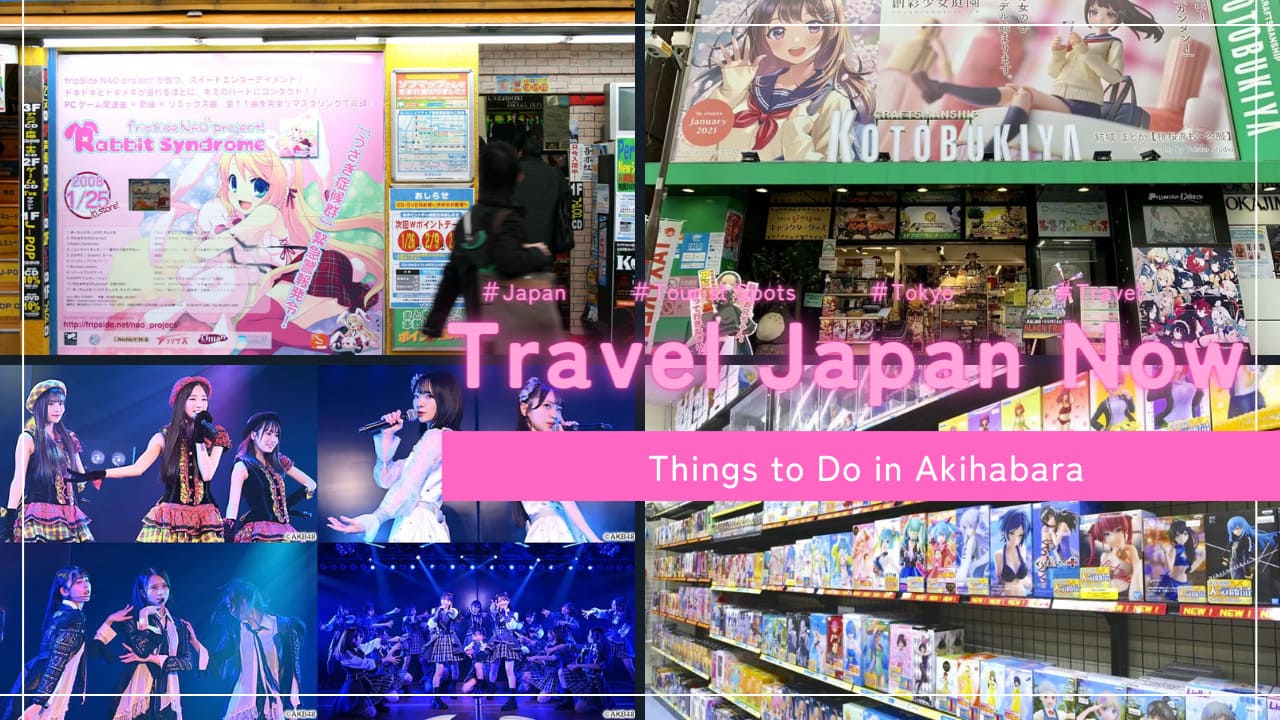In this article, I’m going to explain Japanese grammar and vocabulary based on Nezuko’s line “よかった 大丈夫? よかったね”.
Let’s have fun learning Japanese through Demon Slayer!
The Basic Information of The Line
The basic meaning
in Japanese: “よかった 大丈夫? よかったね”
in Hiragana: “よかった だいじょうぶ? よかったね”
in Romaji: “Yokatta daijoubu? Yokatta ne”
Meaning: “Good, are you okay? That’s great to hear.”
The situation in which the line was spoken

This section contains spoilers.
This is the scene where Nezuko overcame the sun. Tanjirou thought Nezuko was dead after being exposed to the sun.
However, Nezuko conquered the sun, and Tanjiro was relieved and said, “Thank goodness.
Nezuko imitated Tanjirouno’s words and repeated them.
“よかった 大丈夫? よかったね”
Grammatical Structure
よかった (yokatta)
This is the past tense form of the adjective “いい (ii),” which means “good.” “よかった” can be translated as “was good,” “was okay,” or “I’m glad” in English. It expresses a sense of relief or happiness about a past event.
大丈夫 (だいじょうぶ / daijoubu)
This is an adjective meaning “okay,” “all right,” or “safe.” It is often used to ask or confirm if someone is alright or if something is fine.
よかったね (yokatta ne)
This phrase repeats “よかった” but adds “ね (ne),” a sentence-ending particle used to seek agreement or confirmation. It can be translated as “I’m glad, right?” or “It was good, wasn’t it?” in English.










Related articles